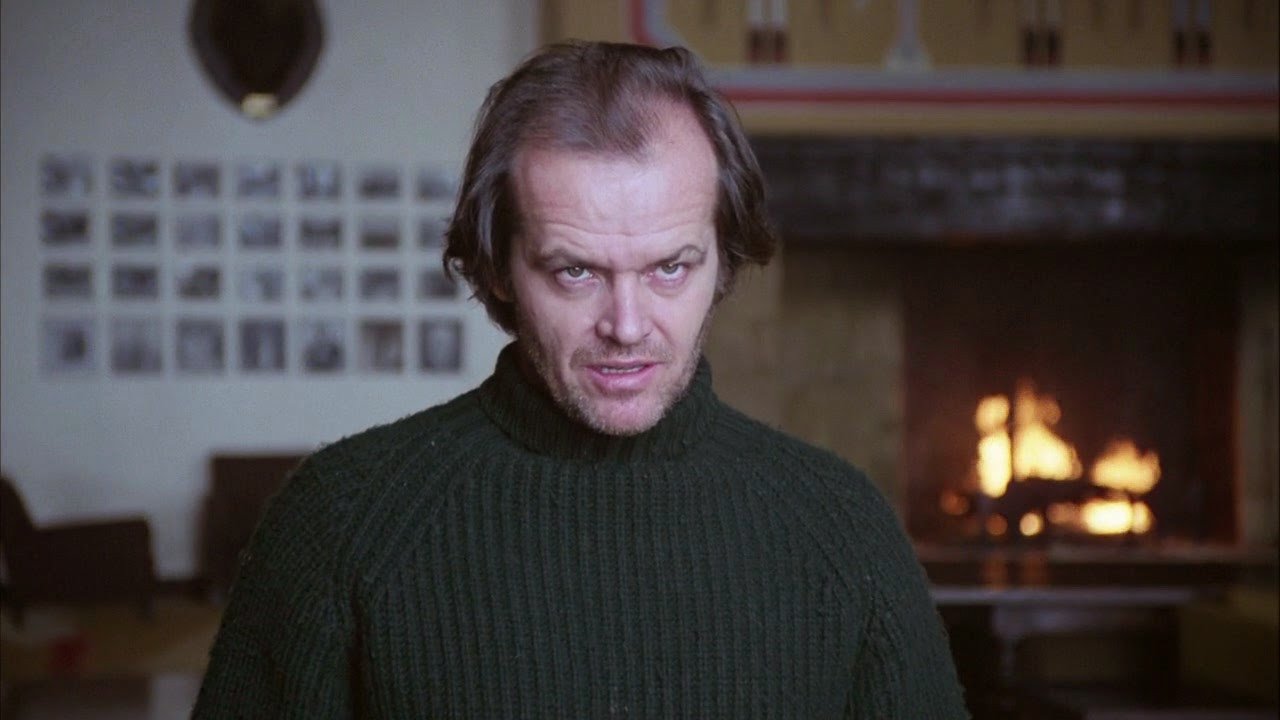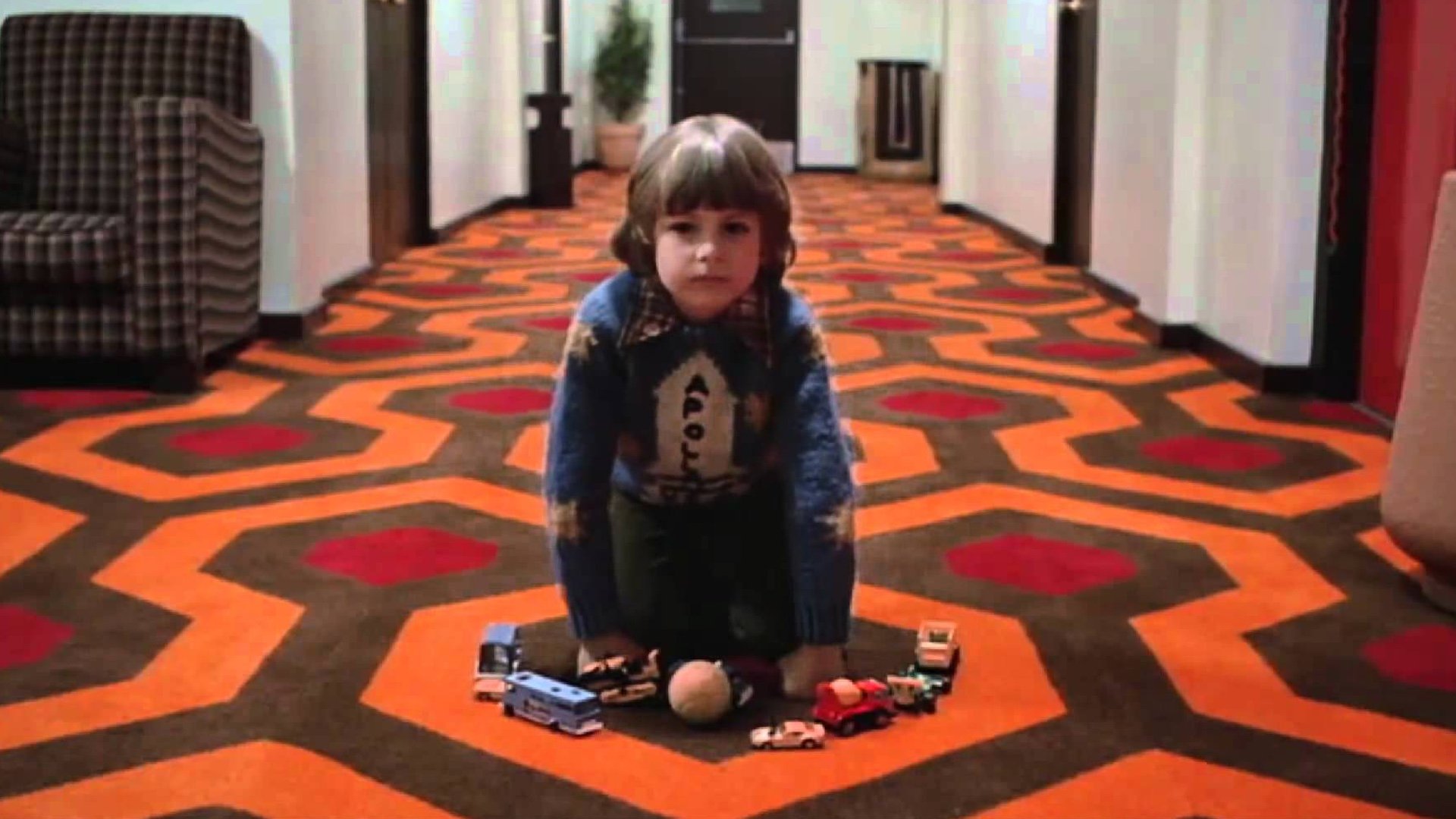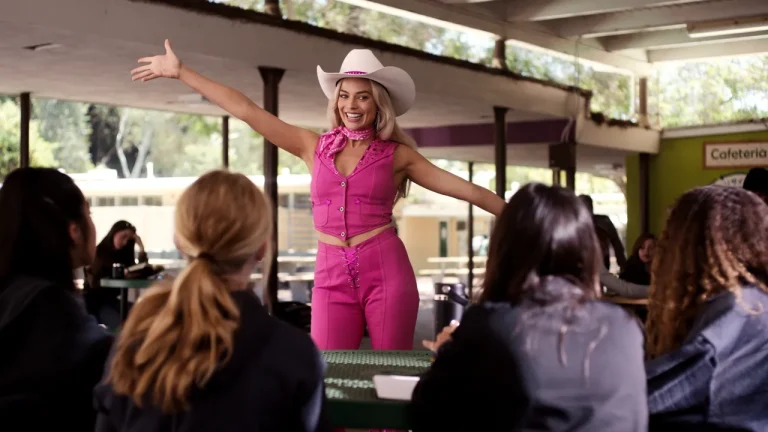It’s no secret that the great Stephen King preferred to stay away from the film adaptation of his best-seller “The Shining.” Directed by the epochal Stanley Kubrick (having seen in the acclaimed “2001 – A Space Odyssey”), the homonymous work presents a vision somewhat distant from that idealized by the writer, leaving aside the mythology worked in the pages of the book to build a more sensory experience. This shift in focus, however, does not mean a neglect of the original material, much less a feature film doomed to oblivion. On the contrary, we have an authorial and revolutionary horror at hand.
When the management of the flashy Overlook Hotel starts looking for a new janitor to take care of the establishment, writer Jack Torrance (Jack Nicholson), from the award-winning “A Flew Over the Cuckoo’s Nest”) finds in the vacancy the perfect opportunity to develop his new novel. Accompanied by his wife Wendy (Shelley Duvall) and their son, the little boy Danny (Danny Lloyd), he then moves to the remote property, responsible for its upkeep during the winter. It doesn’t take long, however, before the isolation and unusual events begin to affect his sanity, gradually making him more dangerous to his beloved family. This is the perfect invitation (brilliantly invented by the author of classics such as “Carrie”) to dive into the dark rooms of the Stanley Hotel (the beautiful location where the feature was shot), the perfect stage for the chilling show presented by Kubrick.
With an unmistakable style, the director is quick to make his main objective clear, welcoming the audience with a long opening scene. In it, we follow Jack’s long trip to his job interview, following his small yellow Volkswagen Beetle through a winding road in snowy mountains. Stretching over several minutes, this may seem unnecessary to the unaware, but the strangeness of the disturbing soundtrack (by composer Wendy Carlos) reveals the master’s move behind the camera. From this moment on, he turns the viewer into another guest of the luxurious Overlook, cooped up with the Torrance’s during the cold season. Trapped in the inn, we are subjected to the same evil forces that hover over the frustrated author (“evolving” alongside the protagonist), consumed by loneliness as we immerse ourselves in the horrifying tale.
Related Read to The Shining (1980): Stanley Kubrick: Placing Gender Within Kubrickan Framework
Getting past this seductive hook, Kubrick goes on to create an intensely immersive environment, masterfully exploring the creepy hotel. Enjoying a pace all of his own, he chooses to divide the narrative into “chapters,” progressing through the wintry days in huge and extremely tense close-ups. From Danny’s endless walks through the dark corridors on his tricycle to the unnerving moment in the macabre room 237, the director prioritizes the slow building of suspense (refusing to use the saturated “jump-scares”), not fearing the possible alienation of a portion of the audience. In this way, he obtains a disturbing result, leading the audience to paranoia and contaminating them with an uncertainty (it is impossible to predict what comes next) that will remain until the final minutes.
As for the script (written by Diane Johnson together with Kubrick himself), it also deserves praise, skillfully adapting King’s masterpiece in a non-obvious way. Focusing on the development of a dense atmosphere, the film doesn’t surrender to expository dialogues, giving way to multiple interpretations of what is represented on the screen. As such, it extracts many triumphs from its striking ambiguity, leaving the meanings up to the audience, whether they are made up of individuals willing to accept supernatural elements or people who are more skeptical.
In any case, it is important to point out that the duality present in the text only works thanks to the exemplary mix performed between the characters Jack and Danny. While in the former, we find a father figure being driven to madness, in the latter, we have the sweet figure of a boy equipped with special gifts and abilities that allow him to communicate with ghosts from the past. An interesting contrast is thus created, and it is up to the audience to seek answers in the pathologies of the fragile human mind or in the fantasies of fear.
Also Read: 15 Best Movies Best In A Mental Asylum
Finally, it is also worth mentioning the excellent work of the members of the father-son duo. On one side, we have the veteran Nicholson in one of the best performances of his career, going from subtle markings to blatant psychopathy in the best possible sense. On the other hand, we have in Lloyd a sympathetic child actor, capable of captivating and frightening (with the right to the bizarre voice of “Tommy,” an imaginary friend he incorporates at times) in equal measure. Not that, like them, Duvall doesn’t have a good performance, but it is, unfortunately, reduced by the inferior treatment given to Wendy. In the midst of so many achievements, however, such a flaw (and perhaps the only one in the entire production) goes completely unnoticed.
Classic, “The Shining” is a claustrophobic attraction that is impossible to get away from, a must for any horror film lover. After all, there is little that compares to the desperate stay at the Overlook Hotel, an experience that, even though it does not exceed two hours in length, will linger long after the iconic final scene.




![The Seen and Unseen (Sekala Niskala) [2017]: ‘TIFF’ Review](https://79468c92.delivery.rocketcdn.me/wp-content/uploads/2017/09/TSAU-12-lowres-hof-768x322.jpg)
![The Aviary [2022] Review – The Sun-Drenched Horror of Escaping an Eerie Cult](https://79468c92.delivery.rocketcdn.me/wp-content/uploads/2022/04/The-Aviary-2022-768x432.jpg)
![Tick tick… BOOM! [2021] ‘Netflix’ Review: An enthralling Andrew Garfield spruces up a portrait of an artist coming into full bloom](https://79468c92.delivery.rocketcdn.me/wp-content/uploads/2021/11/Tick-tick…-BOOM-2021-768x432.jpg)

![Nayattu [2021] Netflix Review: A Taut Thriller of Contradictory Politics](https://79468c92.delivery.rocketcdn.me/wp-content/uploads/2021/05/Nayattu-768x576.jpg)
![Tokyo Godfathers [2003]: A Richly-Textured Christmas Dramedy](https://79468c92.delivery.rocketcdn.me/wp-content/uploads/2015/12/tokyo-godfathers-2-1024x554.jpg)